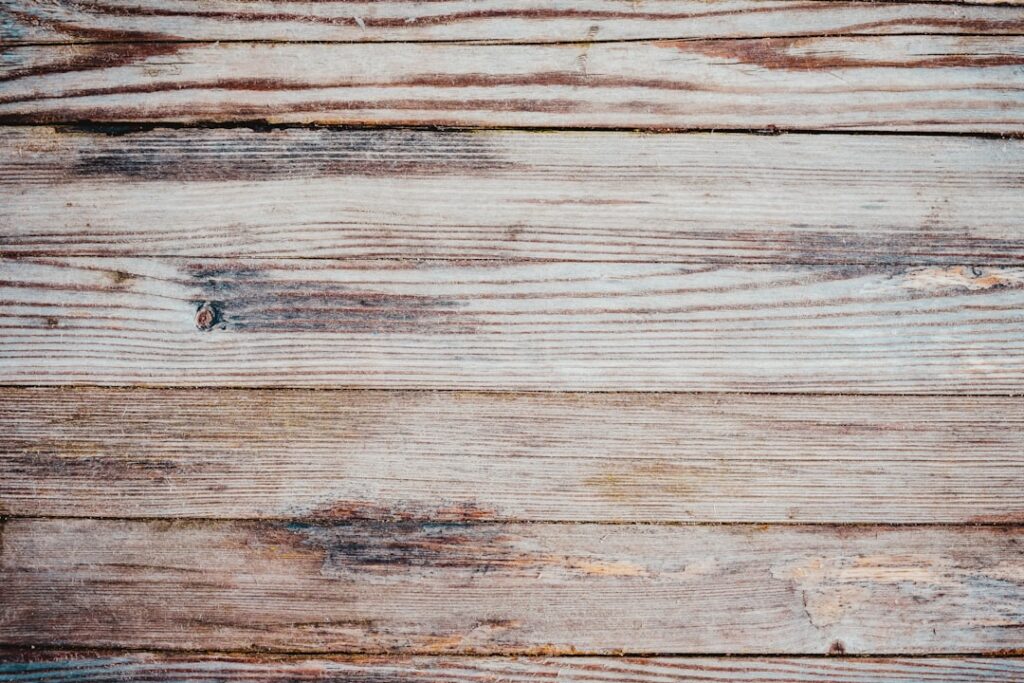Creating beautiful, functional floating shelves doesn’t require advanced carpentry skills or expensive tools. This checklist will guide you, step-by-step, through the process, making it achievable and enjoyable, even if you’re a complete beginner. Take a deep breath, gather your materials, and let’s get started!
Phase 1: Planning & Preparation – Your Calm Before the Storm
- [ ] Choose Your Shelf Style and Size: Consider the space you have and the items you’ll be displaying. Simple, rectangular shelves are a great starting point. Measure carefully to ensure a perfect fit. Think about the wood type – pine is inexpensive and easy to work with, while hardwoods offer a more luxurious look.
- [ ] Select Your Materials: This includes the wood itself (consider pre-cut shelves for simplicity), appropriate brackets (hidden or visible, depending on your aesthetic), screws, wall anchors (essential for ensuring sturdy support!), and a level. A stud finder is highly recommended to avoid damaging your walls.
- [ ] Gather Your Tools: You’ll need a drill, screwdriver (or drill with screwdriver bits), measuring tape, pencil, and sandpaper (to smooth any rough edges). Safety glasses and a dust mask are always good precautions.
Phase 2: Installation – A Measured Approach
- [ ] Locate Your Studs: Using a stud finder, carefully locate the wall studs where you plan to mount your shelves. This is crucial for stability and weight-bearing capacity. Mark the stud locations clearly with a pencil.
- [ ] Position Your Brackets: Hold the brackets against the wall at your desired height, aligning them with the stud markings. Use a level to ensure they are perfectly horizontal. Make small pencil marks to indicate where you’ll drill pilot holes.
- [ ] Drill Pilot Holes: Drill small pilot holes at the marked locations. This prevents the wood from splitting when you screw in the brackets. Remember to use the appropriate drill bit size for your screws.
- [ ] Secure the Brackets: Carefully screw the brackets into the wall studs, ensuring they are firmly attached. Don’t overtighten!
- [ ] Attach the Shelves: Carefully place the shelves onto the brackets, ensuring they are securely seated.
Phase 3: Finishing Touches – The Reveal!
- [ ] Inspect Your Work: Once everything is in place, take a step back and admire your handiwork. Check that the shelves are level and securely mounted.
- [ ] Sand and Finish (Optional): If you used raw wood, you might want to sand the edges for a smoother finish and apply a sealant or stain to protect the wood and enhance its appearance. Let it dry completely before placing any items on the shelves.
- [ ] Style Your Shelves: Now comes the fun part! Arrange your favorite books, plants, or decorative items on your newly installed floating shelves. Enjoy the sense of accomplishment and your stylish new addition to your home!
Troubleshooting and Tips for Success:
- Dry fitting: Before drilling any holes, dry-fit the shelves and brackets to ensure a proper fit and alignment.
- Weight Capacity: Be mindful of the weight capacity of your brackets and the type of wall you’re installing into. Avoid overloading your shelves.
- Wall Anchors: If you can’t attach directly to studs, use appropriate wall anchors designed for the type of wall material you have (drywall, concrete, etc.) These will greatly improve the stability and safety of your shelves.
Creating floating shelves is a rewarding DIY project that allows you to personalize your space and express your style. By following this checklist, you can confidently tackle this project and add a touch of modern elegance to your home. Remember to take your time, focus on precision, and most importantly, enjoy the process! You’ve got this!
Photo by Bernard Hermant on Unsplash

